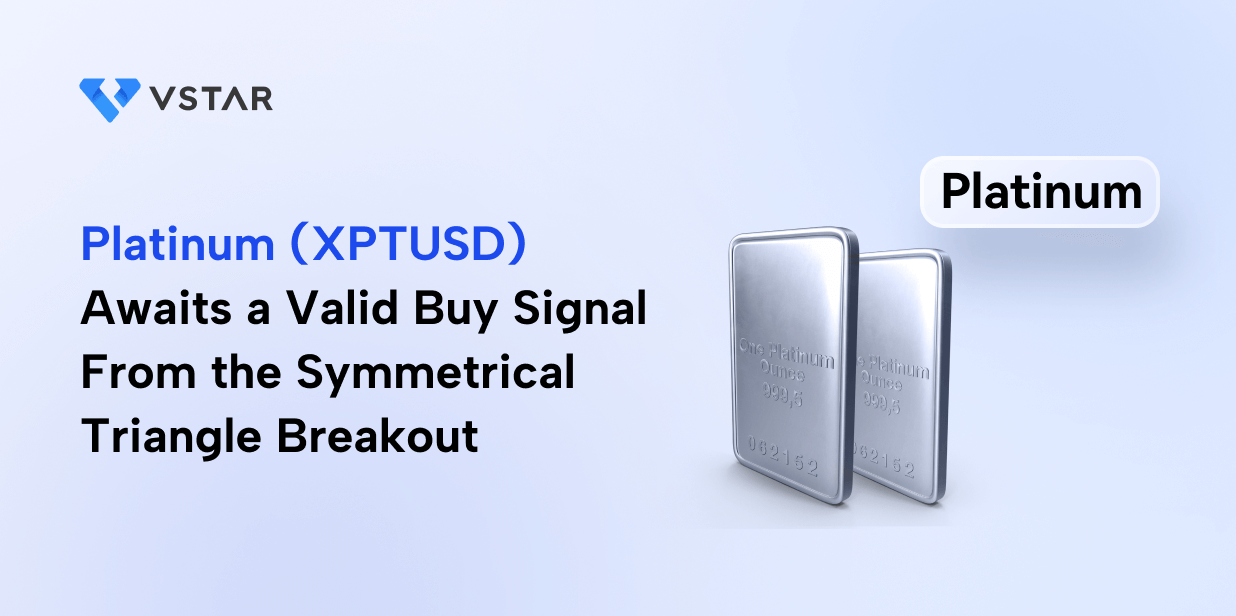
Platinum provided a decent return over the years, following a larger industrial demand. However, the price still lags behind precious yellow metal, which could make investors cautious.
Platinum Price Trend: A Sign Of Stability
According to a study of each month's platinum price movements over the previous 25 years, January and February have typically seen the strongest performance from the platinum price, followed by December.
Historically, the three-month period between December and February has yielded an average compound return of 8.6%. On the other hand, the cyclical nature of platinum's price efficiency has been less impressive during the second half of the year before increasing once more in the last few months.
Platinum Mine Supply Outlook
Seasonal mine supply is frequently cited as the cause of platinum's price timing. Seasonal variation in refined mine supply is caused by South African miners returning from their annual vacation, which lowers results in the first quarter. The first quarter's worldwide mined platinum supply is typically 154 koz (~10%) less than the quarterly manufacturing for the remainder of the year (Fig. 2).
Seasonality may be exacerbated this year by the automobile recycling supply chain. In 2024, the quarterly supply of recycled autocatalysts fell into the lowest quartile of production over the previous decade.
Even though historical data indicates that recycling usually picks up in the year's final quarter, the Q4 2024 platinum supply is predicted to rise by 32% QoQ. If Q4 2024f follows historical quarterly seasonality, the supply for 2024f could be about 50 koz less. The recycling supply's continued difficulties may also cast doubt on the prediction that it will grow by 12% year over year in 2025. If recycling volumes in Q4'24 and Q1'25 are lower than anticipated, it may highlight the seasonality of platinum prices from December to February.













